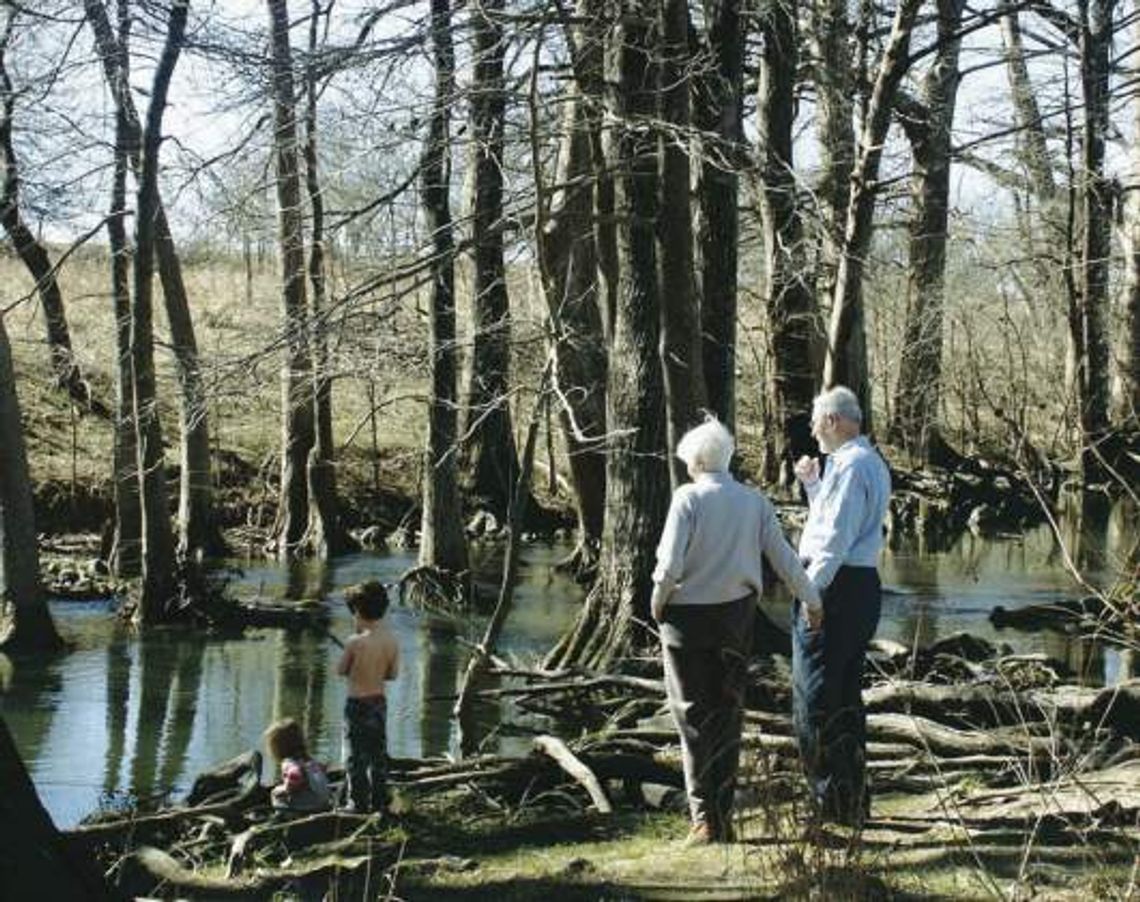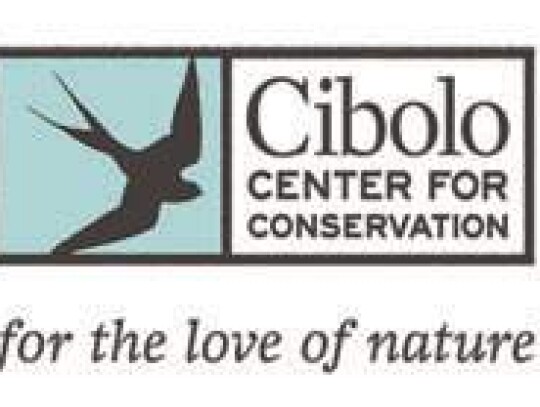AT THE TRAIL
BRENT EVANS An Introductory Workshop will be presented at the Cibolo Nature Center’s Auditorium 1 p.m. Friday, May 26.
A Conservation Easement is a tool that private landowners use to protect the legacy of their land. The land holder continues to own and control their property, and places restrictions on what kind of development will be permitted in the future.
The owner partners with a private land trust to ensure that their wishes are adhered to by their heirs or future buyers of the land in perpetuity. Such easements do not grant public access but do offer significant tax benefits to the landowner.
How did conservation easements originate? In the 1930s and 1940s, the National Park Service purchased land easements to protect views along a highway corridor but the term, “conservation easement” did not come into existence until the 1950s. Around 1979, the IRS made donations of conservation easements to the federal government eligible for tax deduction. In 1980 Congress made the deduction a permanent part of the Internal Revenue Code. The National Conservation Easement Database estimates that 40 million acres are protected under conservation easements in the United States. Most of the land trusts have been created since 1984.
Conservation easements are not only used to protect sensitive natural areas, viewsheds, agricultural production and wildlife. They can also preserve a family’s bond to the land and help keep family lands in family hands. And such projects also can protect a community from too much urban sprawl.
City and county governments in the Hill Country are also looking into conservation easements to protect land-water contributions for current and future water supplies by capturing rainfall, reducing water runoff, and increasing groundwater recharge. Proposition A bond election in Kendall County allowed for conservation easements to protect water resource land.
The Introductory Workshop at the Cibolo Nature Center’s Auditorium will be presented on Friday, May 26th, at 1 PM by attorney Kathryn Tancig. She will present the ins and outs of easements, describe the process of securing an easement, and explain the benefits to landowners. There will also be a panel discussion by local residents who have used this process, to provide a personal view of how this can work.
Workshop participants will learn about how conservation easements are developed, how they protect the interests of the landowners, and the costs involved. Tickets for this workshop are $20 and are available at www.Cibolo.org/calendar.








Comment
Comments